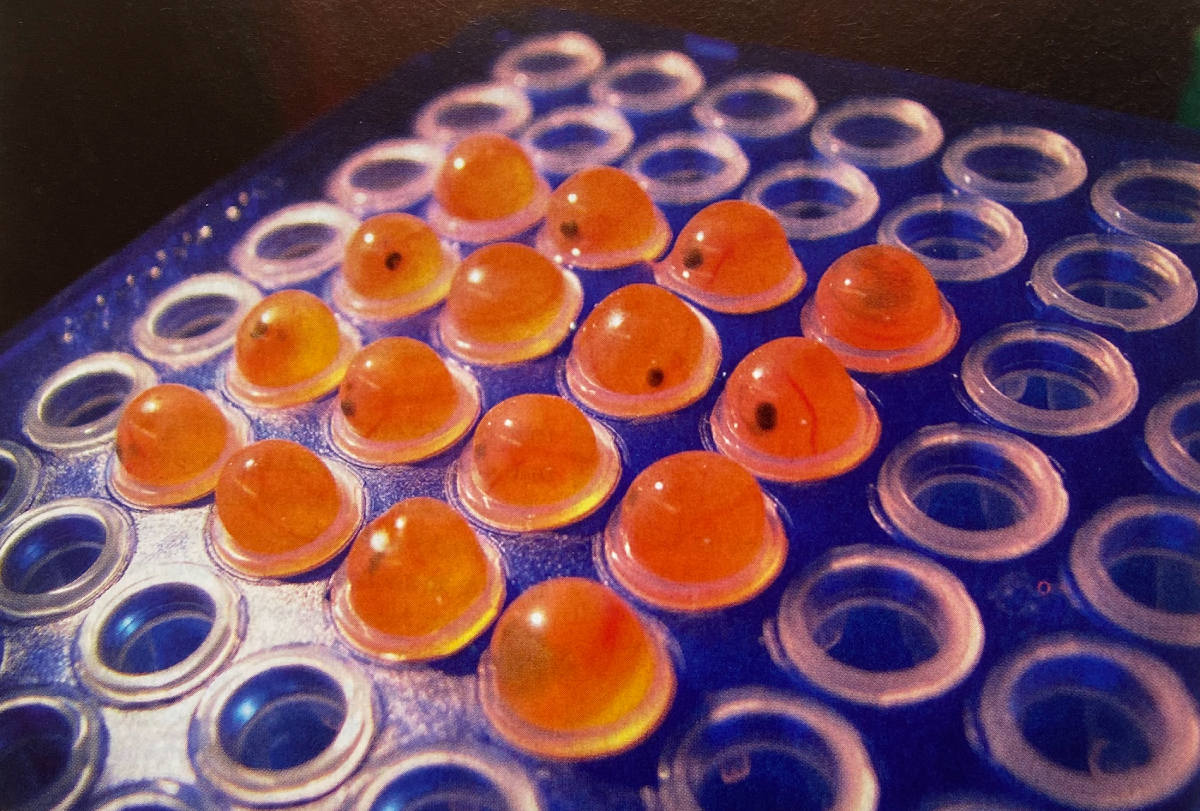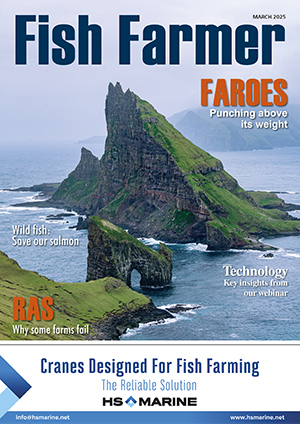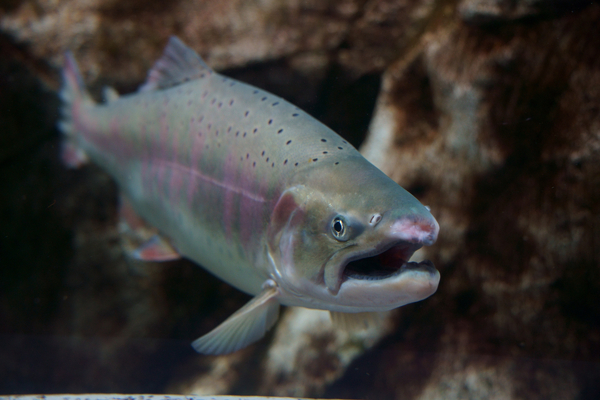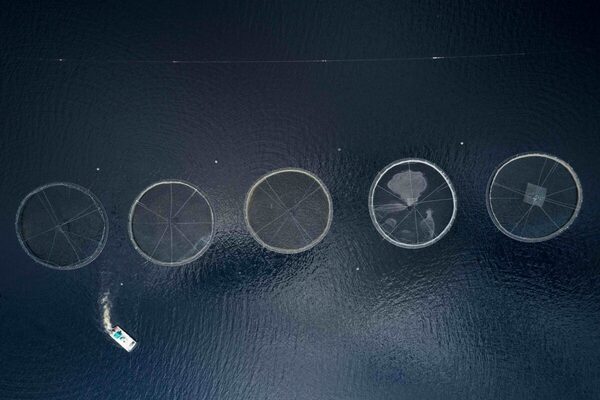Looking Back: AquaBounty develops GM salmon
Fish Farmer, May 2015

“Labelled Frankenfish, the first genetically modified salmon could help feed the world.”
That was how Fish Farmer reported the ongoing story of AquaBounty Technologies, the company that spliced genes from Chinook salmon and ocean pout into the DNA of Atlantic salmon to create genetically modified (GM) “AquAdvantage salmon”.
As the article explained: “When grown to market weight, the AquAdvanatge salmon is identical to the conventional Atlantic salmon except that it reaches that size in approximately half the time and consumes 20% less food to do so. As a food, the two salmon are identical.”
In 2015 AquaBounty had a hatchery in Prince Edward Island, Canada and a research grow out facility in the highlands of Panama. The company was awaiting official approval by Environment Canada to grow its GM salmon at a commercial scale.
Nine years later, things have moved on but it has not been an easy journey. The company opened a RAS (recirculating aquaculture system) farm in the US state of Indiana, but to reach a truly commercial scale its plan was to build a much larger facility in Ohio. Spiralling construction costs, post-Covid, hit this project hard and it is currently paused. Meanwhile, AquaBounty has sold its Indiana farm to another RAS producer (which does not use GM technology) and its Prince Edward Island hatchery is on the market.
Canada and the US are still fairly relaxed about using GM technology for livestock, but it has not been permitted in some other parts of the world, including the European Union. In the UK, post-Brexit the government has started consulting on using gene editing (which does not involve combining genes from different species) for commercial agriculture and aquaculture, but GM looks like remaining a step too far.




